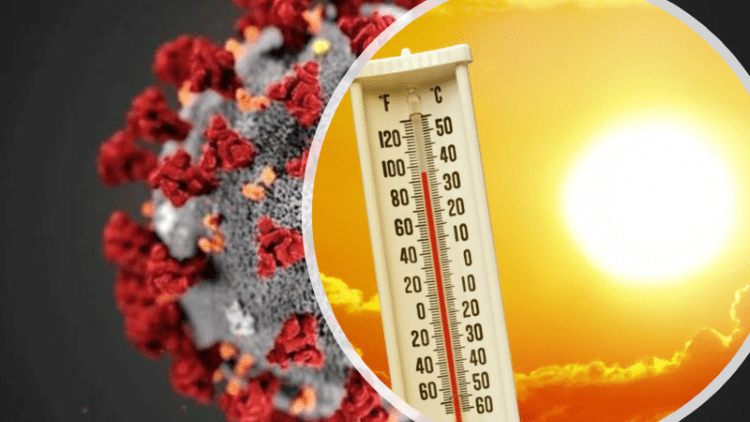Increasingly, it is being shown that COVID-19 tends to spread faster and easier indoor than outdoor.

Previous studies have demonstrated that SARS-CoV-2, the virus that causes COVID-19, is stable on surfaces for extended periods of time, under indoor conditions.
A research from China showed that coronavirus transmission still takes place despite changing weather conditions in different parts of the country — ranging from cold and dry to warm and humid. A study in Hong Kong using SARS-CoV-2 in a lab solution showed that increasing temperature decreased the amount of viable virus that could be detected. No infectious virus remained after 30 minutes at 56° Celsius and five minutes at 70°C was enough to inactivate the pathogen.
Now, a new study by researchers at the National Biodefense Analysis and Countermeasures Center, a government biodefense research laboratory created by the U.S. Department of Homeland Security, shows that natural sunlight can rapidly inactivate SARS-CoV-2 on surfaces.
The findings, which come with caveats, suggest that the potential for fomite transmission may be significantly reduced in outdoor environments exposed to direct sunlight.
Sunlight vs COVID
To evaluate the influence of simulated sunlight on the persistence of SARS-CoV-2 on surfaces, the researchers exposed concentrated virus suspended in either simulated human saliva or culture media and then dried on stainless steel coupons mounted in a chamber to a light spectrum designed to represent natural sunlight. The coupons were exposed to the simulated sunlight for differing exposures, ranging from 2 to 18 minutes, to allow estimation of the viral inactivation rate. For comparison, the researchers also exposed a series of contaminated coupons in the chamber with no simulated sunlight for 60 minutes.
The results showed that under levels of simulated sunlight representative of midday on the summer solstice at 40°N latitude (the 40th Parallel), 90% of infectious virus is inactivated every 6.8 minutes in simulated saliva dried on a surface and every 14.3 minutes in cultured media dried on a surface. Significant inactivation also occurred under lower simulated light levels but at a slower rate. Inactivation rates were near zero on the coupons not exposed to sunlight.
The inactivation rate of SARS-CoV-2 was approximately two-fold greater in simulated saliva than in culture media. However, the researchers say it is unclear if the viral concentrate in simulated salvia is representative of contaminated saliva from an infected individual. This is good news but do not assume that summer months will be safer.
Sunlight has been in the COVID-19 news cycle for another reason – it is a great natural source of vitamin D, which has several health benefits, including an increased resistance to infectious diseases. When it comes to COVID-19, research is limited but clinical trials have started in Spain and France to see if vitamin D improves outcomes for COVID-19 patients. Both studies are expected to end in July 2020. In the meantime, continue to take appropriate steps to protect yourself and those around you.


